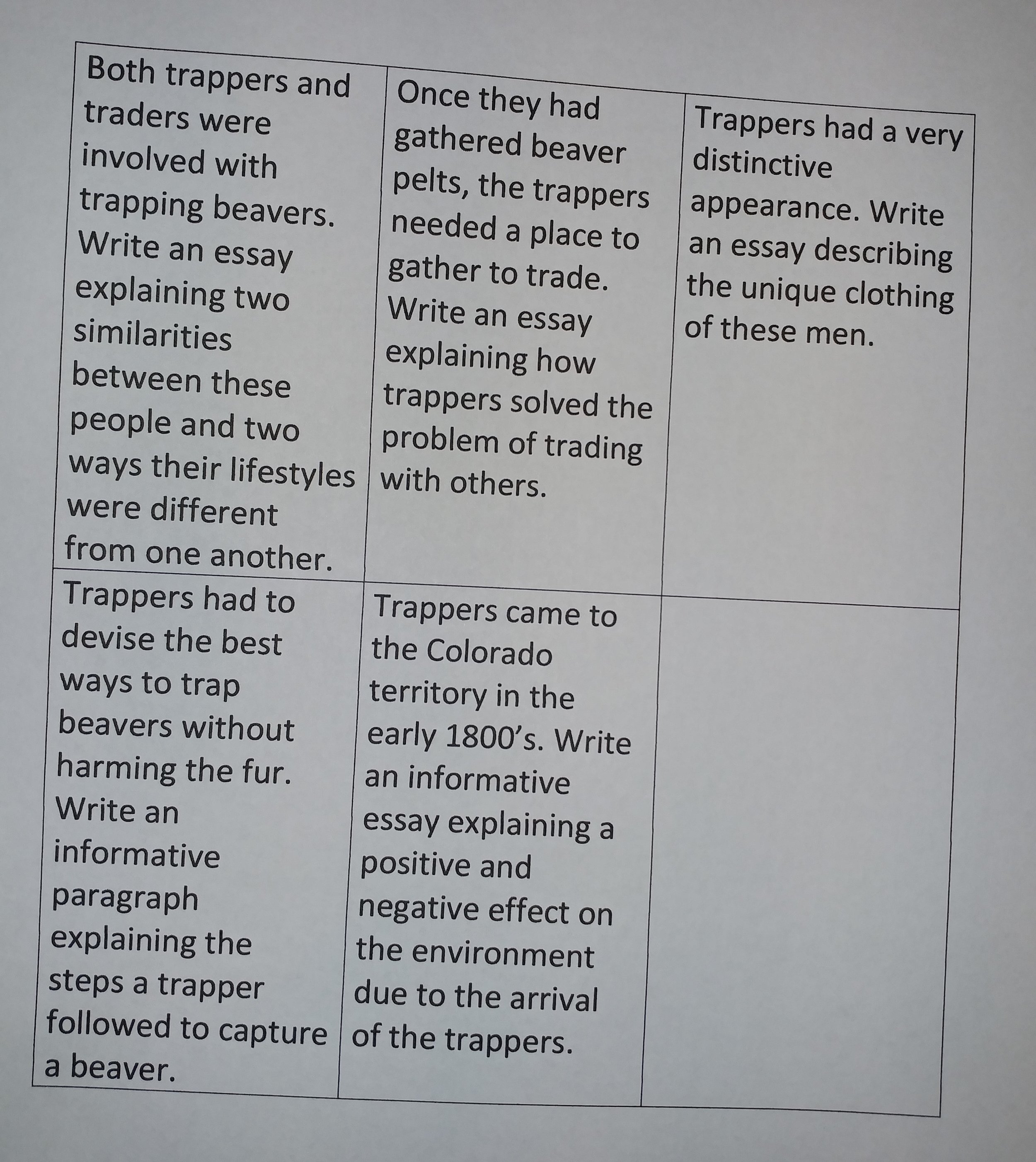In the last few weeks, I have had two “away from school” interactions regarding the concept of assessments. The first experience came while visiting a new gym. Prior to taking the complimentary class, I was asked to fill out a goal and health assessment. The instructor said the information would be used to help me plan an appropriate exercise program and chart my progress as I attend classes.
A few days later I was with my 13-month old granddaughter at an ophthalmology appointment. After performing multiple tests, the doctor determined she needed glasses to strengthen one of her eyes. While making a two-month follow-up appointment, the doctor told us that we would check her progress based on the initial tests he had performed that day.
Teachers may find themselves overwhelmed with student assessments at the start of the school year. We, at Write Now – Right Now, are often asked if we recommend that teachers have their students complete a writing assessment at the beginning of the year. If you are debating this question, consider the following questions:
· Is a baseline, or beginning of the year, writing assessment a requirement at your school?
· Do you have a reason or plan for using the assessment results?
· Can you give the assessment in a reasonable amount of time?
The answers to these questions will help you answer the assessment question. The following are some tips to make a beginning of the year writing assessment positive for both you and your students.
Determine the assessment’s purpose
Why are you giving the assessment? Keep this purpose in mind through-out the process.
A Note to Kindergarten Teachers: You may choose to do the initial assessment when you believe your students are ready to begin writing instruction. Consider when the purpose of the assessment will be most appropriate.
Standardize the assessment
This is especially important if you are working with a grade level team. Prior to giving the assessment, choose a prompt for all students to follow, along with the time constraints provided. Use or develop a standardized grade-level rubric.
Write a prompt which provides students guidance in what to write
Do you want students to write an expository or narrative piece? We recommend providing an opinion prompt on a topic which students already know. In this way, you will be able to assess students’ writing, not their knowledge on a subject area. Include in the directions the number of big ideas or details students should provide in their writing.
Provide enough time for most students to complete the writing task
Teachers give pre-assessments as an indication of skills students already possess. In a writing assessment, it is not necessary for every student to complete the writing task. When time is up, simply collect students’ writing. It is helpful to note both students who rush to completion and those who will require extra time.
Record non-writing behaviors / trends
Do you have students who immediately break their pencil or go to the bathroom as soon you mention writing? Are there students who stare into space the entire writing time, “thinking about what to write about?” Do you have students who need constant feedback and reinforcement during the writing time?
Use the “piles” grading method
We recommend first reading each paper and then putting students’ initial writing samples in piles – Good Writing, Writing in Progress, and Need Extensive Help, or whatever category works for you. As you read students’ work, put the papers in one of these three piles. Remember, you are assessing writing using end of year writing standards. As these beginning of the year assessments are not used for a grade, this generalized assessment protocol will provide you with all the information you need.
Look for patterns
As you read students’ writing, do any patterns become evident? Do students use a similar plan? Are conventions an area of strength or concern? Are students excited or reluctant to write? Is student writing organized, did students stay on topic, etc?
Keep writing samples to show students later
We all need to see progress. Keep these initial writing samples to show students later in the year. We recommend showing them to students prior to a midyear writing assessment. It is encouraging for students to see where they have been and how far they have come as writers.
Teachers are busy people! Taking a moment to assess your assessments, making them relevant, useful and efficient is time well spent.














